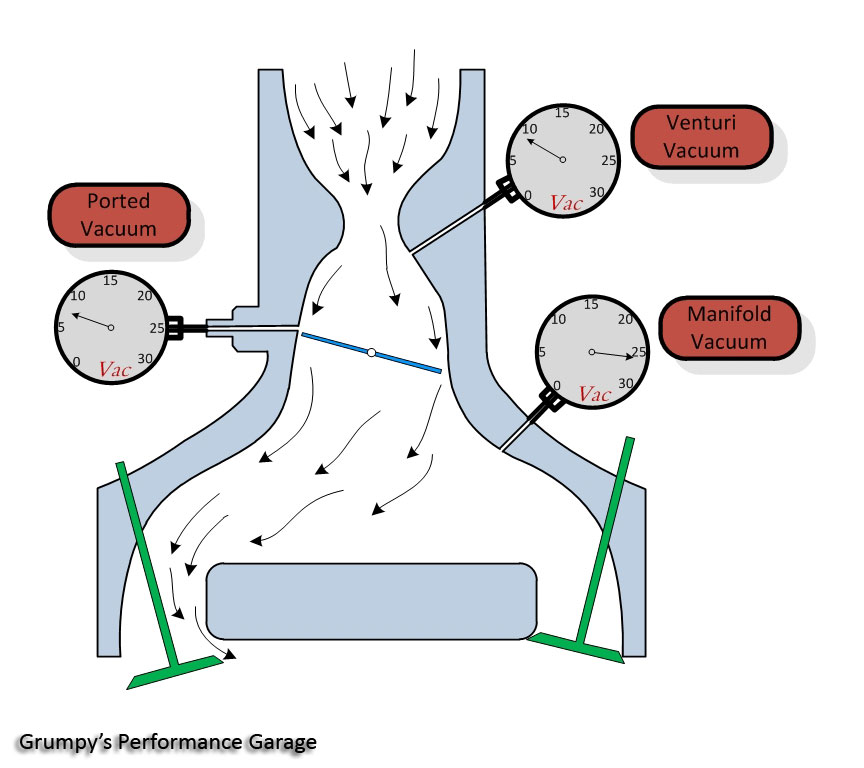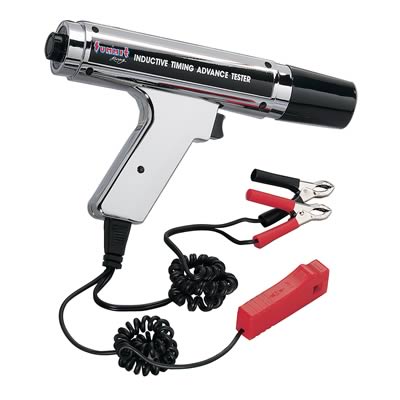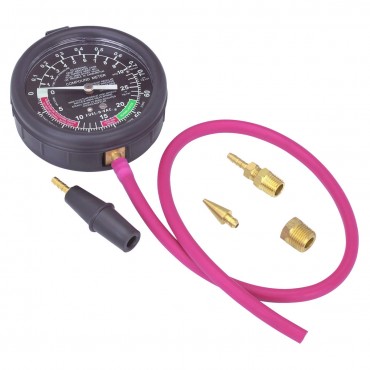Hey there Grumpy,
So following your advice and trying to do some of my own troubleshooting. What is spurring this on is that I just don't feel like the engine in my L48 '74 is putting out the kind of power/performance that it should. It was rebuilt approximately 3 years ago and has had about 17K miles put on it since then (at least this is what I've been told by the PO).
So I had it in the shop a month or so ago and they adjusted my timing and installed a new carb gasket. Definitly impoved the running of the car but still lacking something I feel.
So I bought a vacuum gauge and hooked it up today. What I'm getting is a needle that hovers(flutters is actually more like it)right around 8-9 inches. According to this website:
read thru these links
http://www.secondchancegarage.com/public/186.cfm
http://www.centuryperformance.com/tunin ... g-148.html
That means either a leaky intake manifold or late timing. To check for an instake leak it was recommended to spray starting fluid or something similar around the intake gasket. I used carb cleaner (was told by a guy at Autozone it would tell me the same thing) and sprayed it around the outside. Got no increase in RPMs or smoothing out of the engine. So.....am I left to believe that my valve timing is off? What other test should I do to verify that is the case before I get into having someone fix the valve timing (which as i understand it is a whole other can of worms.
I took my readings off the hose that goes to the PCV. Right off the PCV is a T joint that I used. I took two pictures to show you what I did where I did it and what reading I got. Just so it could be verified that I did it right.
Thanks in advance for your thoughts.
Steve
So following your advice and trying to do some of my own troubleshooting. What is spurring this on is that I just don't feel like the engine in my L48 '74 is putting out the kind of power/performance that it should. It was rebuilt approximately 3 years ago and has had about 17K miles put on it since then (at least this is what I've been told by the PO).
So I had it in the shop a month or so ago and they adjusted my timing and installed a new carb gasket. Definitly impoved the running of the car but still lacking something I feel.
So I bought a vacuum gauge and hooked it up today. What I'm getting is a needle that hovers(flutters is actually more like it)right around 8-9 inches. According to this website:
read thru these links
http://www.secondchancegarage.com/public/186.cfm
http://www.centuryperformance.com/tunin ... g-148.html
That means either a leaky intake manifold or late timing. To check for an instake leak it was recommended to spray starting fluid or something similar around the intake gasket. I used carb cleaner (was told by a guy at Autozone it would tell me the same thing) and sprayed it around the outside. Got no increase in RPMs or smoothing out of the engine. So.....am I left to believe that my valve timing is off? What other test should I do to verify that is the case before I get into having someone fix the valve timing (which as i understand it is a whole other can of worms.
I took my readings off the hose that goes to the PCV. Right off the PCV is a T joint that I used. I took two pictures to show you what I did where I did it and what reading I got. Just so it could be verified that I did it right.
Thanks in advance for your thoughts.
Steve






